If the eye is the window into the soul, then the camera is the window into its subjects. That comes to mind as I put my viewing experience into words, which is a bit of challenge because I didn’t expect the camera to serve as a means of capturing the beauty and poetry of everyday existence as a gateway into the reality of experimental filmmaking. It has a sort of coalesce of art and life quality to it, which is of interest because it functions as the foundation for which the camera captures the characters’ idiosyncrasies, their familiarity with the arts, and their discussions which concern the perception that beauty is in the eye of the beholder. Those are taken into consideration prior to as well as over the course of their participation in the film. Kyra, for instance, enjoys drawing, and since that is the case, it is how she expresses herself as a way of maintaining her sanity. It is a factor that carries weight because it is taken into consideration in terms of whether her time in the lodge is an illusion or a genuine depiction of honoring her end of the bargain that she has established with the entity. In either case, it is a question that is nothing short of cerebrally stimulating.
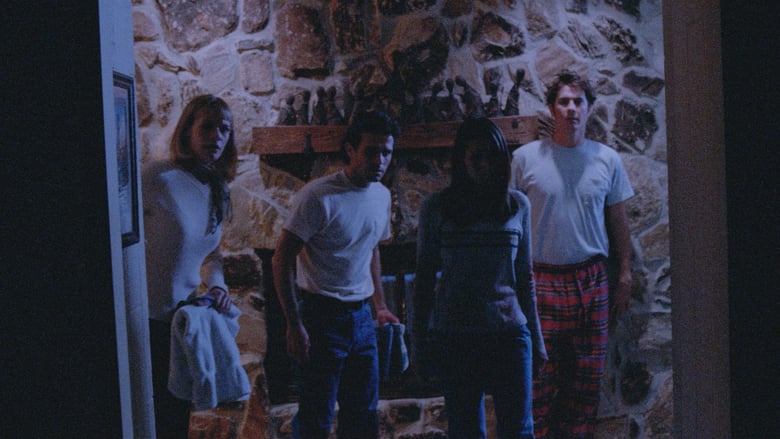
There is a sense of organicness to the experimental film as no script or title is discussed when the characters meet with the man who is overseeing their interactions. As such, the conventions of filmmaking are questioned, which is of note because if art is restricted by the status quo, it grows stale. The way in which that is addressed as Tom and Gary express their thoughts on slasher sequels is relatable as there are those who feel that long-running franchises have become dull whereas others can’t get enough of them. Nonetheless, the subjectivity of art has merit.
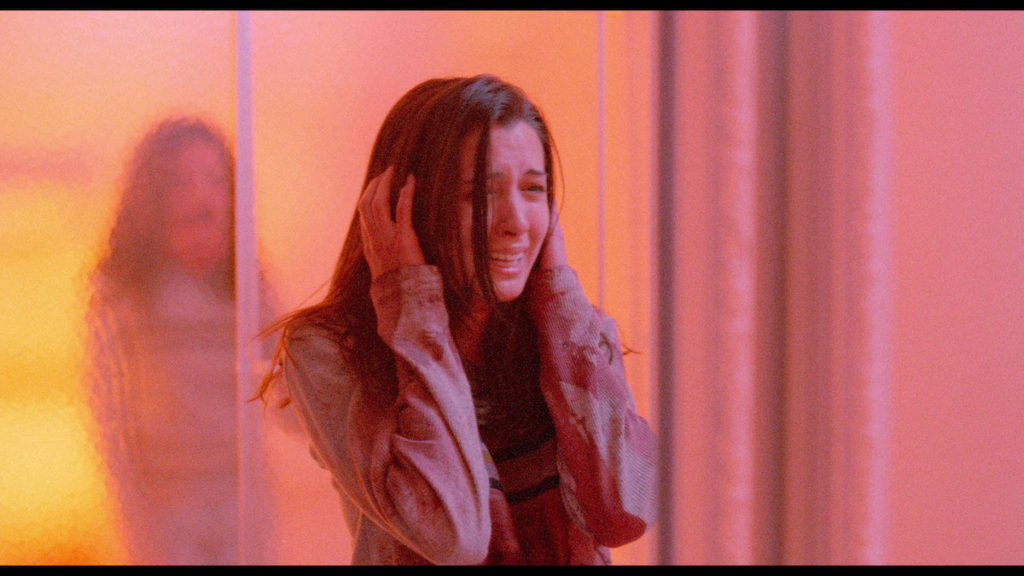
Since the characters are locked in the lodge, their attempts to escape imply that while the experiment which they are a part of has an uncertain outcome as it tests their trust and endurance, the degree of uncertainty as to the extent that the killer is pulling the strings is much higher. That said, it’s as though his tendency for surprising his victims by appearing on television is his way of observing them, and so the dynamic between the two becomes an experiment in which the victims’ attempts at escaping the traps is the focus. It’s a detail that stands out due to its fair share of tension.
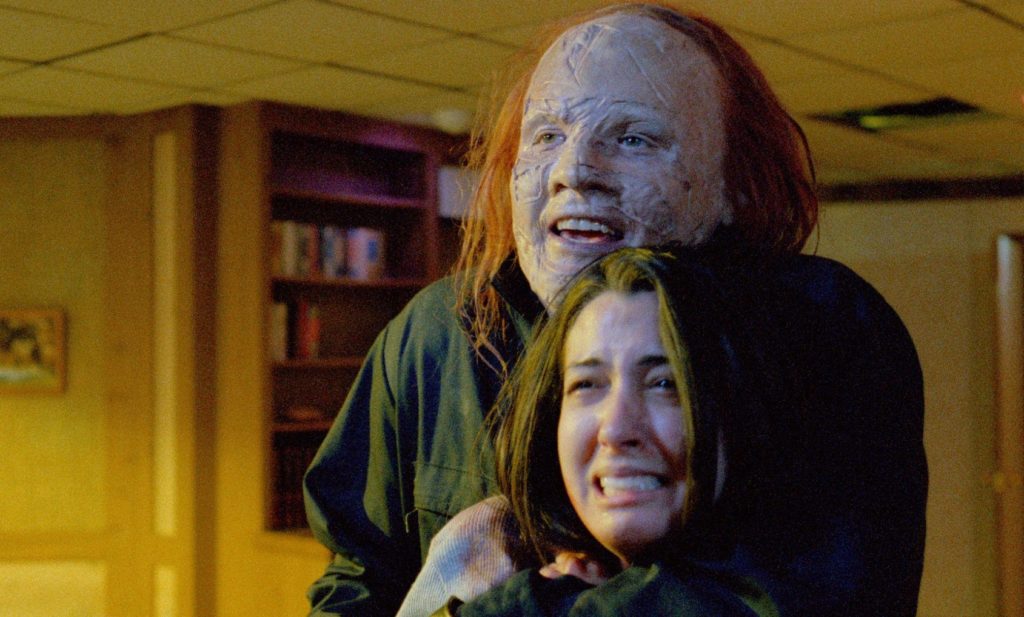
I was more engaged in this than I thought I would be. I do think that the killer would’ve benefited from having more of a backstory, but I can see what the filmmakers’ intentions were by giving him an enigmatic nature, so it isn’t detrimental to what is an inventive effort. I’d rather have that be the case than finding a friend’s head on a silver platter any day of the week.

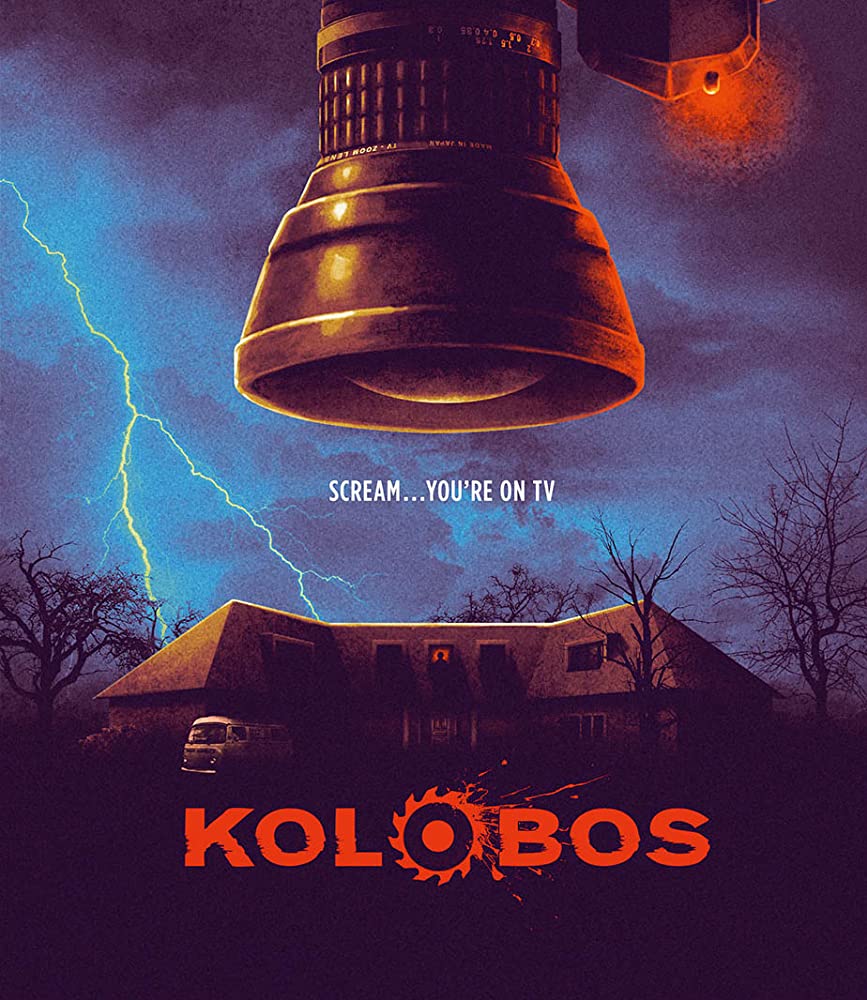

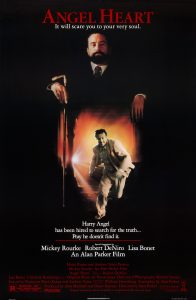
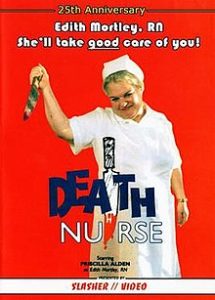
No comments! Be the first commenter?